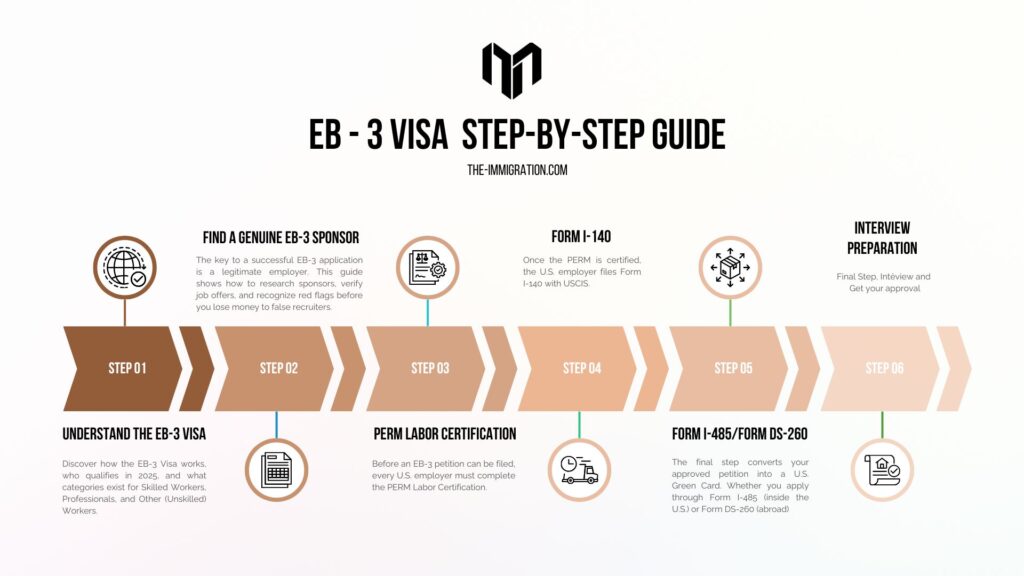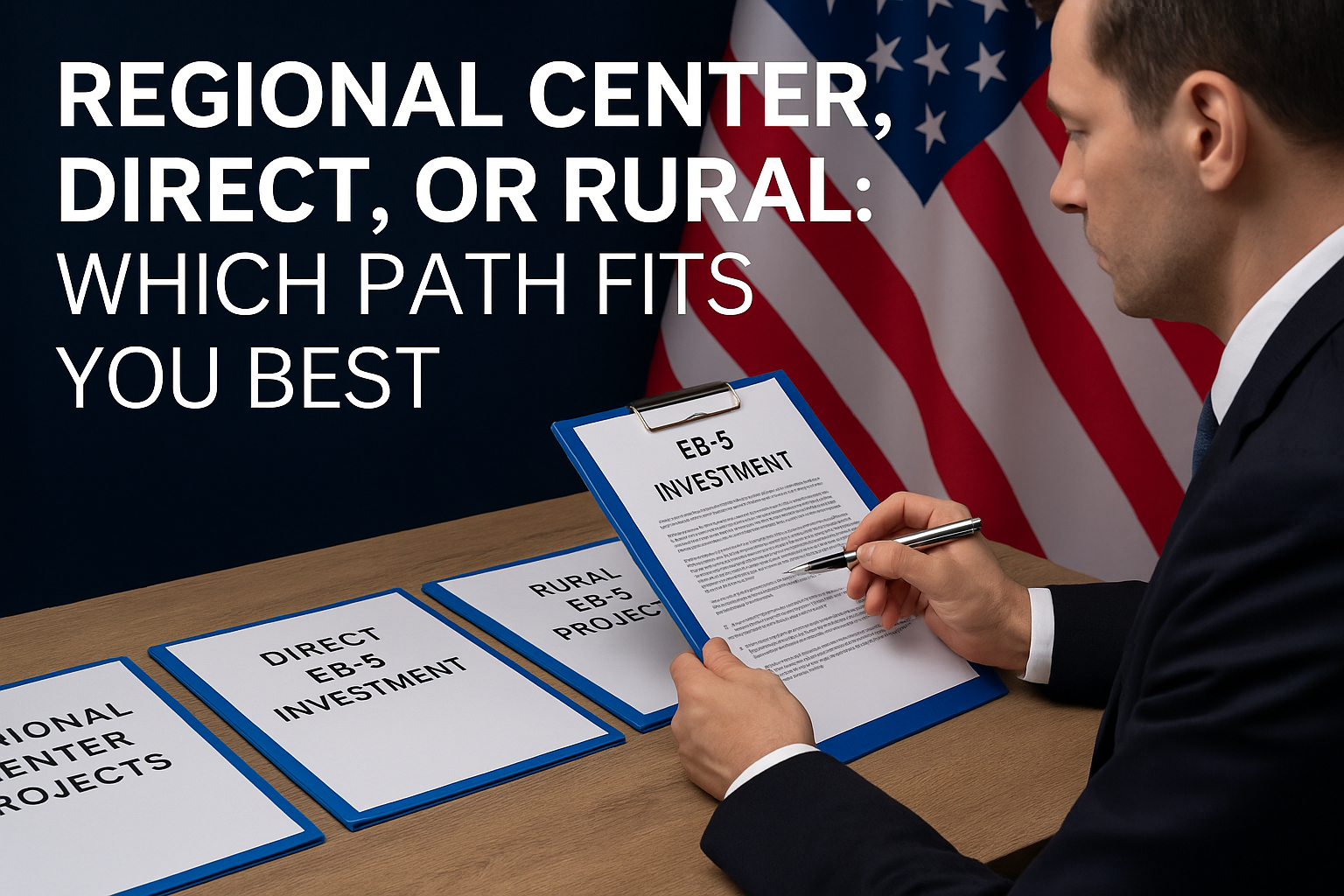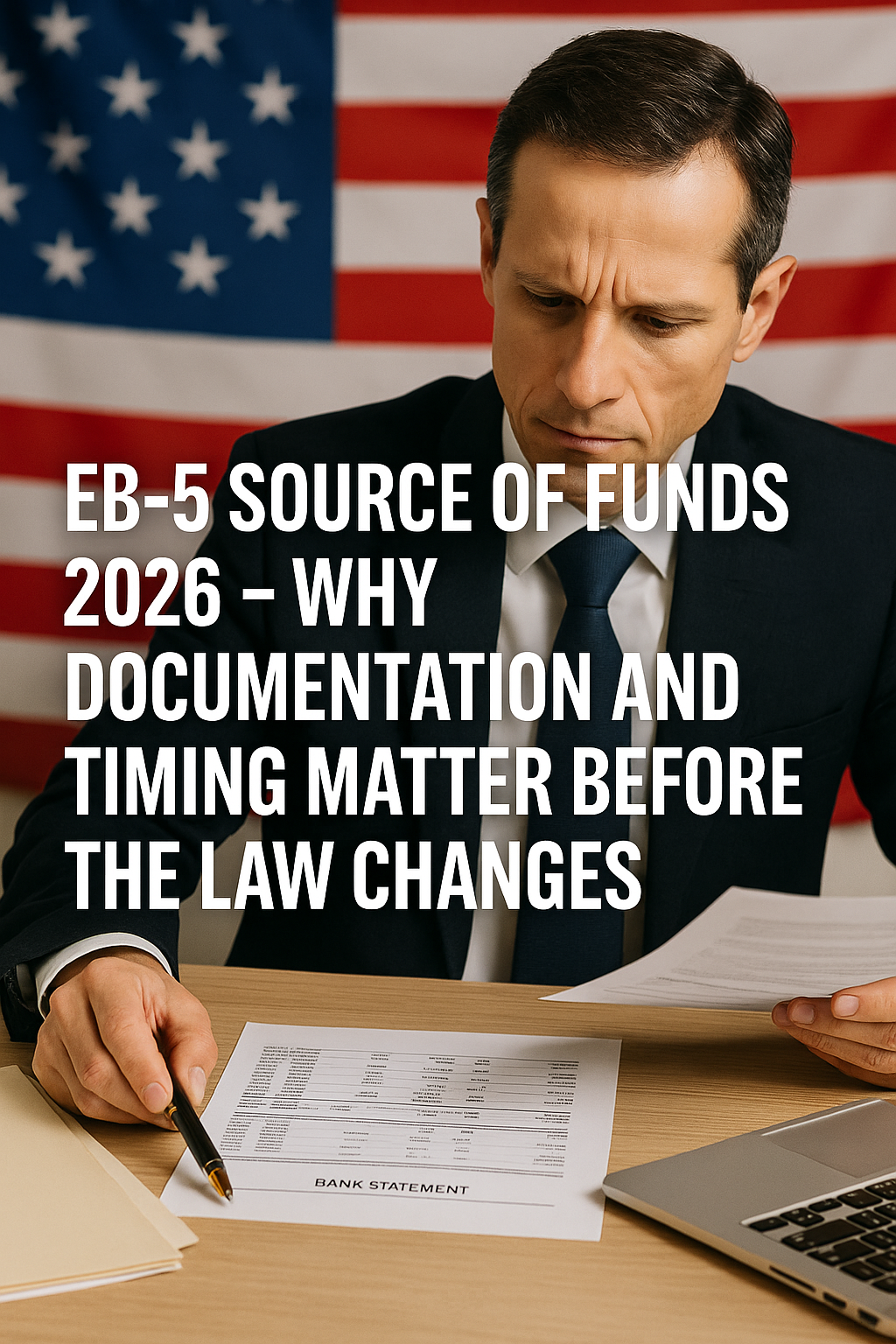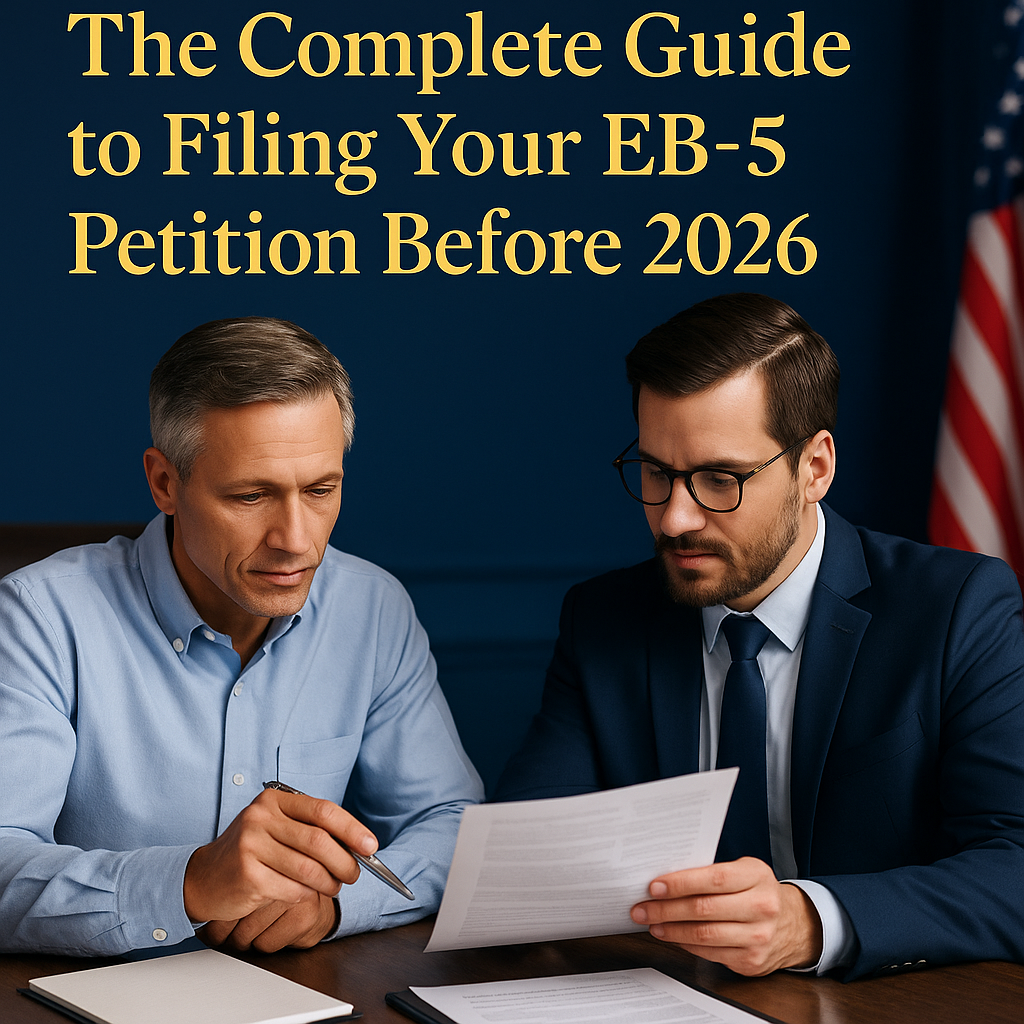The EB-3 Visa Tutorial Series 2025: How to Get a U.S. Green Card by Yourself and Save Thousands
If you are joining the series for the first time, we recommend reading the previous articles for context:
- Step 1: Understand the EB-3 Visa and Who Can Qualify — explains how the EB-3 Green Card works and which applicants are eligible.
- Step 2: How to Find a Genuine EB-3 Sponsor and Avoid Scams — teaches how to verify real employers and protect yourself from fraudulent “agents.”
Once you’ve identified a legitimate U.S. employer willing to sponsor you, the next crucial phase begins: the PERM Labor Certification process.
PERM is the backbone of every EB-3 application. It determines whether your employer is legally allowed to hire you, and it is the first step reviewed by the U.S. Department of Labor (DOL). In this guide, The Immigration Magazine breaks down what PERM really means, why it matters, and how both employers and applicants can navigate it effectively — without unnecessary costs or delays.

The EB-3 Visa opens a direct path to permanent U.S. residency through employment.
What Is PERM Labor Certification?
PERM (Program Electronic Review Management) is the system used by the U.S. Department of Labor to assess whether hiring a foreign worker will negatively affect job opportunities or wages for U.S. workers.
In simple terms, before sponsoring you for a Green Card, your employer must prove there is no qualified, available, or willing U.S. worker for the job being offered. Only after this certification can they move forward with the EB-3 petition.
Why PERM Matters
Without an approved PERM, the EB-3 case cannot continue. It is a legal safeguard designed to:
- Protect U.S. workers from unfair competition.
- Ensure foreign workers are paid fair, prevailing wages.
- Confirm the employer’s intent to hire permanently, not temporarily.
For applicants, PERM represents validation of your opportunity — proof that your job offer is real, legitimate, and compliant with federal law.

The PERM certification confirms your employer’s eligibility to hire you.
The PERM Process: Step by Step
The PERM process generally involves five main stages.
1. Determining the Job Requirements
The employer must clearly define the duties, education, and experience required for the role. These requirements must be reasonable and related to the actual job. Inflated or unnecessary qualifications are not allowed.
2. Requesting the Prevailing Wage Determination (PWD)
Before advertising the job, the employer submits a request to the DOL for a Prevailing Wage Determination — the minimum salary that must be offered for that position in that location.
This step ensures that foreign workers are not underpaid compared to U.S. citizens. The DOL typically issues a wage determination within 2 to 3 months.
3. Conducting the Recruitment Process
Once the wage determination is received, the employer must advertise the position to the U.S. workforce. The recruitment process includes:
- Posting the job internally at the company’s location.
- Advertising in local newspapers or relevant professional journals.
- Listing the job on state workforce agency websites.
The recruitment must be active for at least 30 days, followed by a 30-day “cooling-off” period to allow responses.
If no qualified U.S. worker applies or accepts the position, the employer can move forward with the PERM filing.
4. Filing ETA Form 9089 (PERM Application)
The employer then files Form ETA-9089 electronically through the DOL’s online system. The form details:
- The employer’s information and business registration.
- The job description and wage offer.
- The recruitment results.
- The foreign worker’s qualifications.
Once submitted, the DOL may approve the case, deny it, or select it for audit review if additional documents are needed.
5. PERM Approval and Priority Date Assignment
When the DOL approves the PERM application, the case receives an official priority date — the date that will determine when the applicant becomes eligible to file the next stage (Form I-140).
This date is critical because EB-3 visa numbers are limited annually by country and category. Applicants can monitor when their priority date becomes current by following the U.S. Department of State Visa Bulletin.
Typical Timeline for PERM (2025 Update)
| Stage | Estimated Duration |
| Prevailing Wage Determination | 2–3 months |
| Recruitment and Advertising | 2–3 months |
| PERM Filing and DOL Review | 4–6 months |
| Audit Review (if selected) | +3–6 months |
Total estimated timeframe: approximately 8–12 months for standard cases, longer if audited.
Common Reasons for PERM Delays or Denials
Even legitimate employers can face complications. Below are the most frequent issues observed by immigration practitioners:
- Incorrect job requirements — adding excessive qualifications not needed for the role.
- Incomplete recruitment documentation — missing proof of newspaper ads or job postings.
- Prevailing wage inconsistencies — offering below the DOL-approved wage.
- Clerical errors — mismatched names, dates, or addresses between forms.
- Random audit selection — even strong cases may be audited at random.
Employers should maintain full documentation for at least five years in case of a government review.
How Applicants Can Support the PERM Process
Although the employer handles the official filings, applicants play a vital supporting role:
- Provide accurate and verifiable employment history.
- Supply education and training certificates early.
- Be responsive to employer and attorney requests for documentation.
- Keep personal copies of all forms and communication.
Staying organized and proactive can help ensure smooth processing — especially if you are applying without an intermediary.
Cost of PERM
One of the biggest misconceptions is that workers must pay for the PERM process. This is false.
According to U.S. labor regulations, the employer is solely responsible for all costs related to recruitment, advertising, and filing the PERM application. Workers are not permitted to reimburse or contribute to these expenses, directly or indirectly.
Employers typically spend between USD 1,000 and 3,000 on recruitment and filing logistics. Workers should not be charged any portion of this amount.
After PERM Approval
Once the PERM certification is approved, the employer can proceed to the next stage: filing Form I-140 (Immigrant Petition for Alien Worker) with USCIS.
This marks the official beginning of your Green Card petition. The I-140 filing verifies the employer’s financial ability to pay the offered wage and the worker’s eligibility under the EB-3 category.
For applicants outside the United States, the I-140 approval will later lead to Consular Processing at a U.S. embassy. For those already in the U.S., it may allow an Adjustment of Status through Form I-485.
Expert Commentary
Immigration attorneys interviewed by The Immigration Magazine emphasize that the PERM process is not designed to exclude foreign workers — it is designed to maintain fairness in the labor market.
As one legal expert noted, “PERM is a compliance exercise, not an obstacle. Once employers understand the structure, approvals are very achievable.”
For self-directed applicants, the key is to ensure the employer understands the requirements and timelines. Many delays occur not because of government resistance, but because employers or third parties submit incomplete documentation.
Conclusion
The PERM Labor Certification process is the legal foundation of every EB-3 Green Card case. It verifies that the job offer is genuine, that U.S. labor standards are met, and that the employer is qualified to sponsor a foreign worker.
By understanding each step — from wage determination to recruitment — both employers and applicants can save time, avoid costly mistakes, and move confidently toward the next stage of the EB-3 visa process.
For workers applying independently, this knowledge also serves as protection: you will know exactly what should happen, what you should never pay for, and what documentation proves your sponsor is legitimate.
Continue Reading
Step 4: Filing Form I-140 – Your Petition for the EB-3 Green Card
The next feature in our EB-3 Visa Series is now available. The Immigration Magazine guides you through the complete I-140 filing process — from preparing the petition and gathering supporting documents to tracking your priority date and avoiding unnecessary legal or administrative costs.
[Read Step 4: Filing Form I-140 – Your Petition for the EB-3 Green Card →]
Follow for More Tutorials and Updates
If you found this series useful, follow The Immigration Magazine for free EB-3 resources, legal insights, and interviews with immigration experts. We regularly publish updates on policy changes, success stories, and practical how-to guides for global residency and citizenship programs.
Follow us for more and connect with us on LinkedIn/ Facebook for weekly immigration news.













